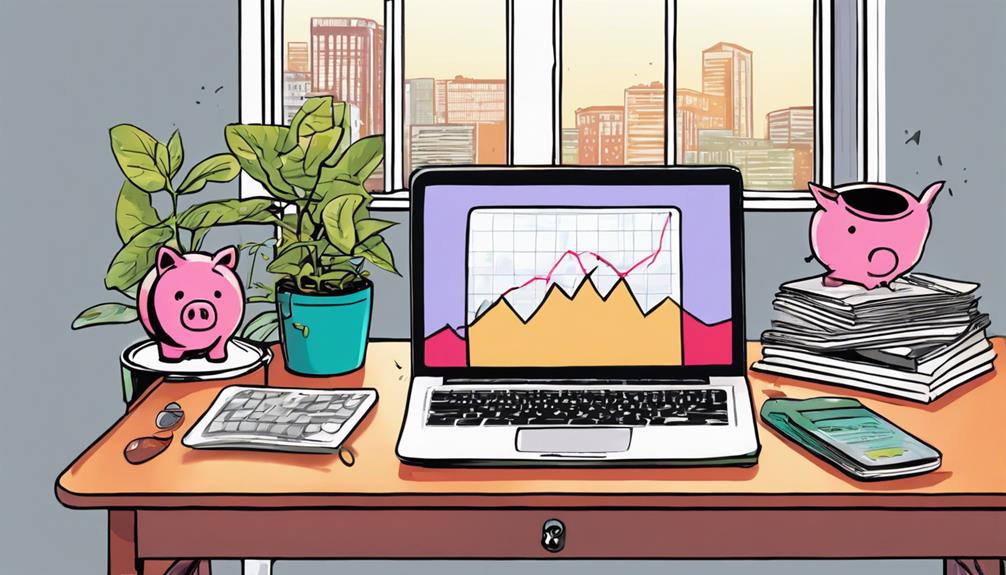You can easily become proficient in the money order process by understanding its key components. Begin by obtaining a money order from a bank or retail location, and ensure that you complete it accurately. Write the payee’s name clearly, include their address if necessary, and remember to sign it. Deliver your money order securely, either in person or through certified mail. Always retain the receipt for tracking and cancellation purposes. Avoid common errors, such as neglecting to sign the order or not verifying the recipient’s details. Stay tuned to discover more tips and tricks for smooth transactions!
Key Takeaways
- Choose a reputable issuer like banks or retailers to ensure secure money order transactions.
- Accurately fill out the money order with the payee's details and your information to prevent delays.
- Keep the receipt for tracking and cancellation purposes, ensuring you have a record of the transaction.
- Use certified mail for safe delivery if mailing the money order to the recipient.
Understanding Money Orders
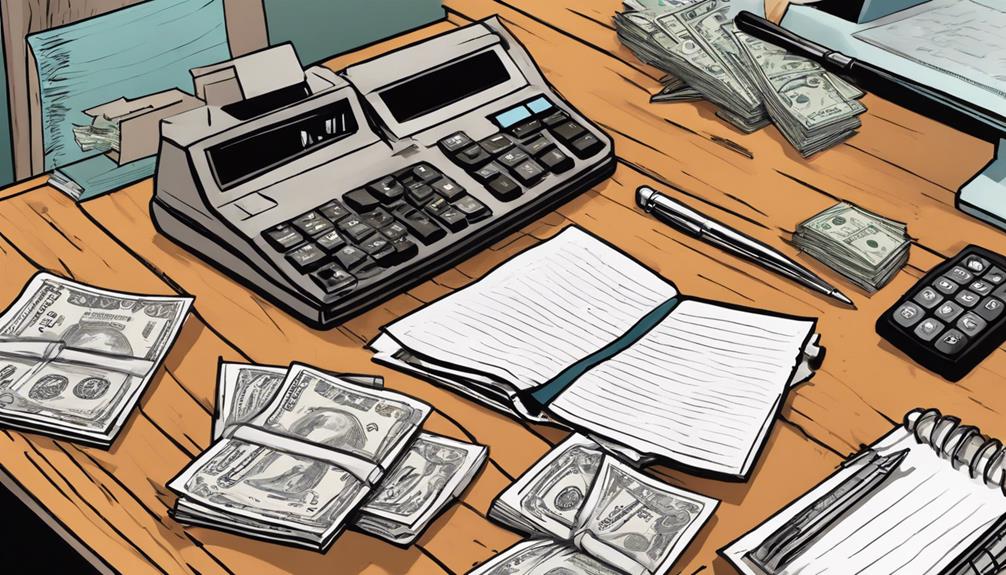
What're money orders, and how can they provide a secure way to make payments?
A money order is a prepaid payment method that functions like a check. You purchase one by paying the exact amount upfront, which eliminates the risk of bounced payments due to insufficient funds. Since the funds are already deducted, you can be confident that the recipient will receive the full amount.
Additionally, money orders reduce the risk of identity theft compared to wire transfers, making them a safer choice for transactions. You can easily find money orders at banks, credit unions, and retail locations, ensuring accessibility for your payment needs without exposing your bank account information.
When to Use Money Orders
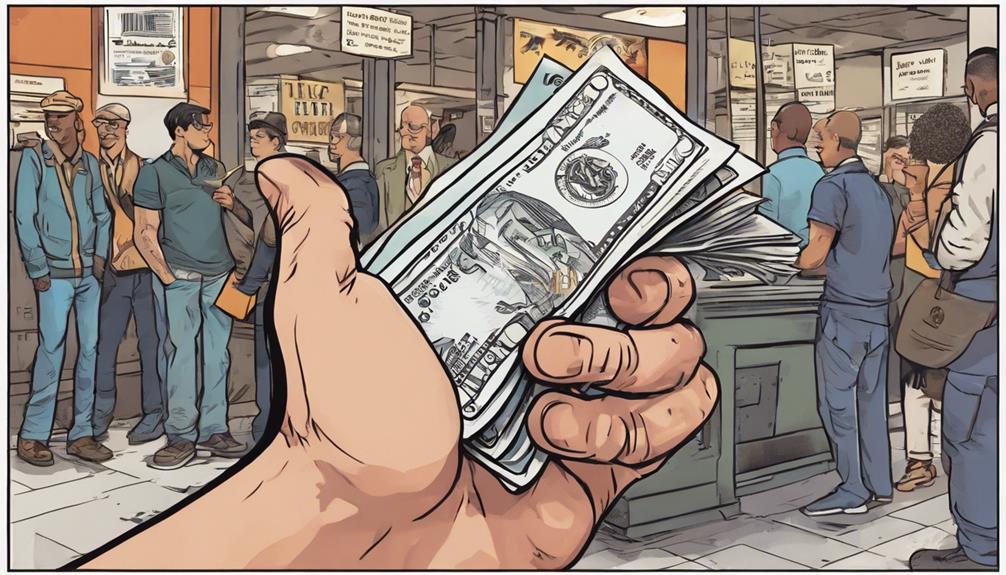
Money orders are ideal for secure payments when other options aren't available, ensuring your transactions are both safe and reliable.
You might consider using a money order to send money to friends or family, especially if they don't have a bank account. They're also great for paying business bills securely, eliminating the risk of bounced checks.
If you're receiving payments from employers, money orders can be a convenient choice, offering clear proof of payment.
Keep in mind that each money order has a maximum limit of $1,000, but you can purchase multiple orders if you need to send more. This flexibility makes money orders a practical solution for various financial situations.
Filling Out a Money Order
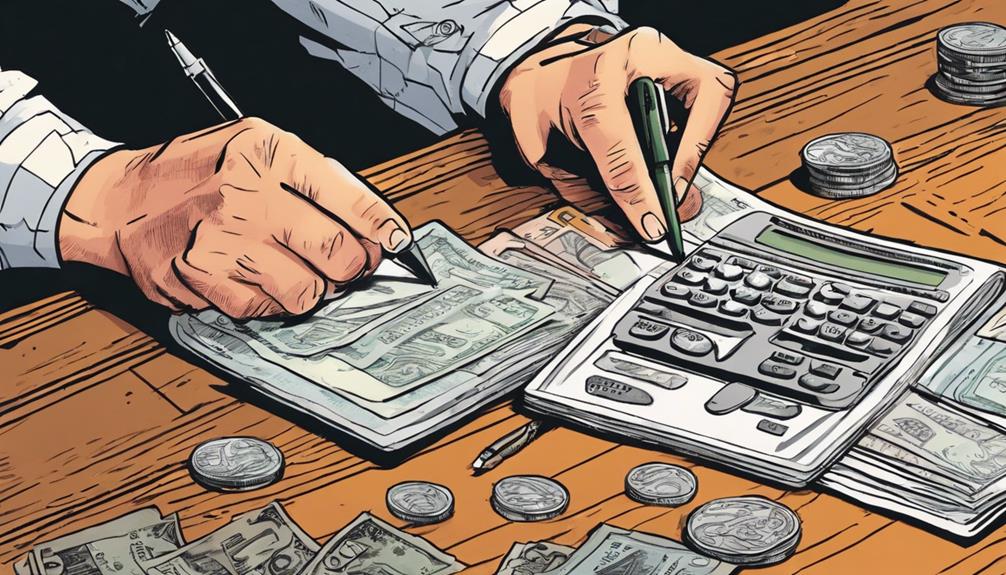
To fill out a money order correctly, you'll need to gather the necessary information before you start the process. First, get the money order from a bank, pharmacy, or retailer.
Write the payee's name clearly in the designated field, ensuring it's accurate. Next, include the payee's address if required. Then, enter the payment amount in the appropriate section.
Don't forget to fill in your name and address in the 'purchaser' section. If applicable, use the memo field to indicate the purpose of the payment.
Delivering Your Money Order
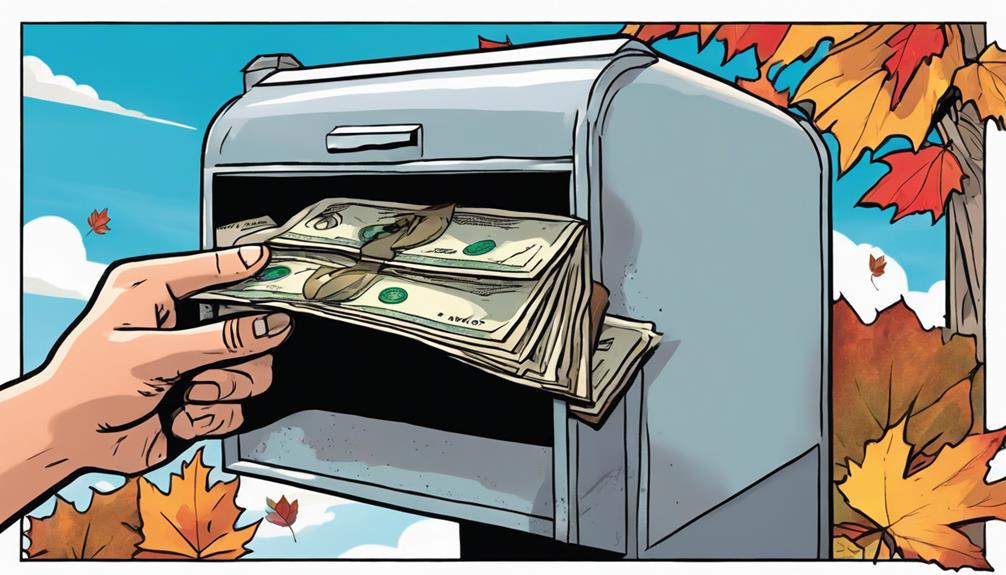
Once you've filled out your money order, it's important to decide how you'll deliver it to the recipient. You have a couple of options: you can hand-deliver it or mail it.
If you choose to mail it, consider using a secure method, like certified mail, to track the delivery. Don't forget to detach and keep the receipt for your records; it helps in tracking the money order if needed.
Remember, only the designated recipient can cash the money order, so make sure they know how to do it. It's also a good idea to inform them about the cashing process to avoid confusion.
Cancelling a Money Order

Cancelling a money order requires prompt action to guarantee you can retrieve your funds effectively.
First, contact the issuer, whether it's USPS, Walmart, or another provider. You'll need to fill out a cancellation request form and present your receipt.
Keep in mind that this process usually incurs a fee, which is similar for replacements or refunds. Acting quickly is essential to prevent any potential loss of funds.
If the money order is lost or stolen, you can still initiate a cancellation, but additional steps may be required.
Staying organized and maintaining copies of your transaction will help streamline the cancellation process, ensuring you can recover your money without unnecessary delays.
Tracking Your Money Order
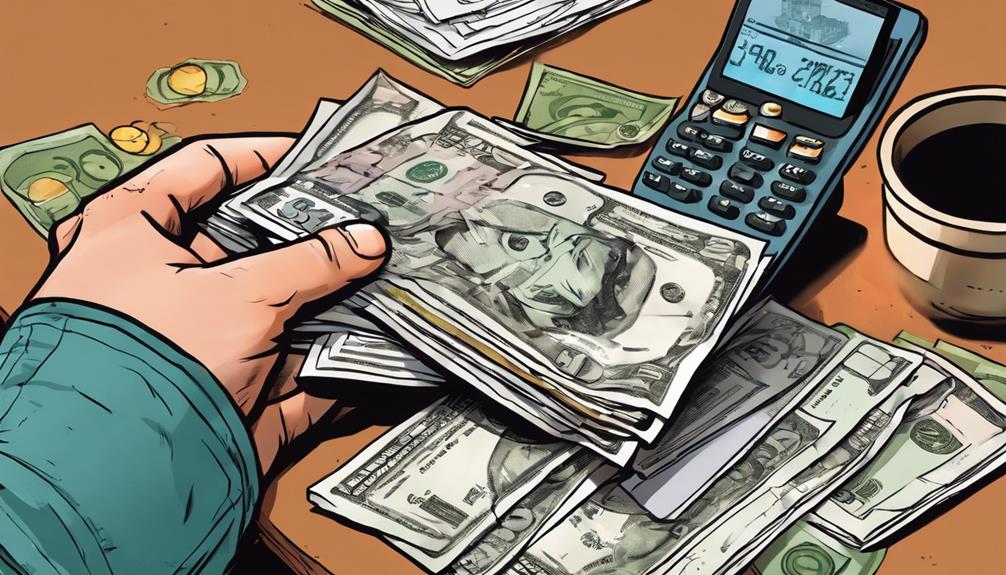
Tracking your money order is straightforward, allowing you to easily confirm its status and guarantee it reaches the intended recipient.
To track your money order, start by locating the receipt you received when purchasing it. This receipt contains a unique tracking number, which you'll need for the process.
Visit the issuer's website or contact their customer service, entering your tracking number when prompted. You'll see whether your money order has been cashed or if it's still pending.
If you're mailing it, check the delivery status with the postal service, if applicable.
Regularly checking helps maintain peace of mind, confirming that your funds are secure and have arrived as intended.
Common Mistakes to Avoid
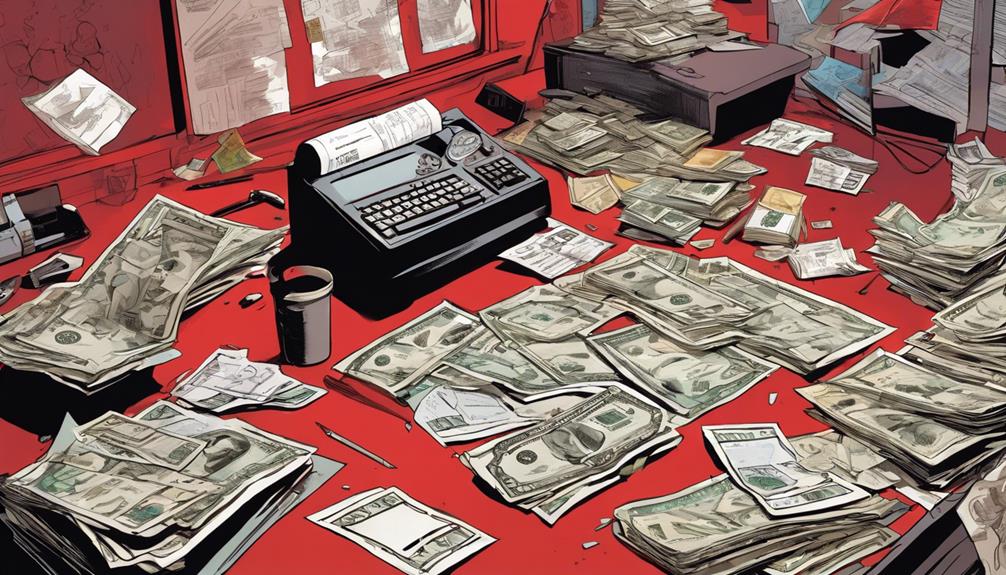
Knowing how to track your money order is important, but avoiding common mistakes during the process can save you time and guarantee your payment goes smoothly.
First, always double-check the payee's name and address; errors can delay cashing.
Next, don't forget to sign the front; an unsigned order is worthless.
Keep the receipt attached for tracking—it's vital if you need to cancel or trace the order.
Also, avoid using a money order for large payments; remember the $1,000 limit.
Finally, don't ignore delivery methods; make sure the recipient knows how to cash it.
Conclusion
Now that you've unraveled the ins and outs of money orders, you're equipped to navigate your financial transactions with confidence.
While they may seem like just a piece of paper, they represent a reliable bridge between you and your financial goals.
Embrace this secure method to guarantee your payments flow smoothly, and remember, each step you take in mastering this process brings you closer to financial peace of mind.
Go ahead, step into your financial future with assurance!





